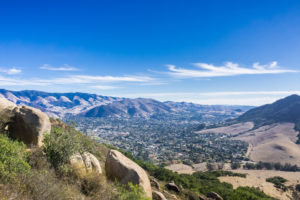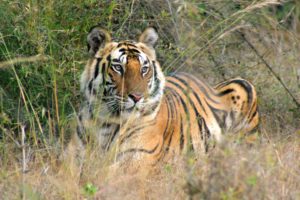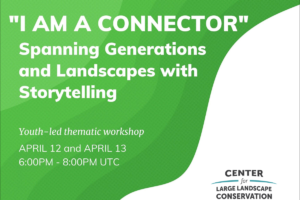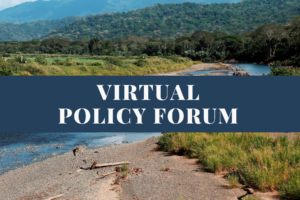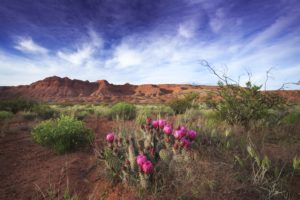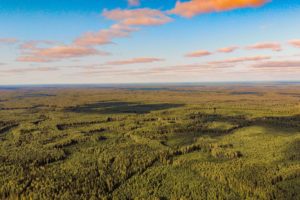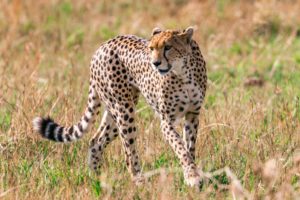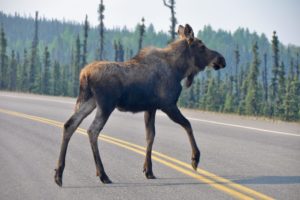Climate Adaptation Plans: Building Community Readiness for Climate Change
Evidence of a changing climate can be seen in every community and every landscape. Across the globe, communities are experiencing more frequent and extreme weather events that include drought, intense wildfire seasons, air pollution, and flooding. Alarmingly, it has been estimated that even if worldwide human emissions were to halt overnight, the earth would still be feeling the effects of climate change for years to come. For this reason, communities from rural towns to major cities are proactively preparing for the challenges ahead.
